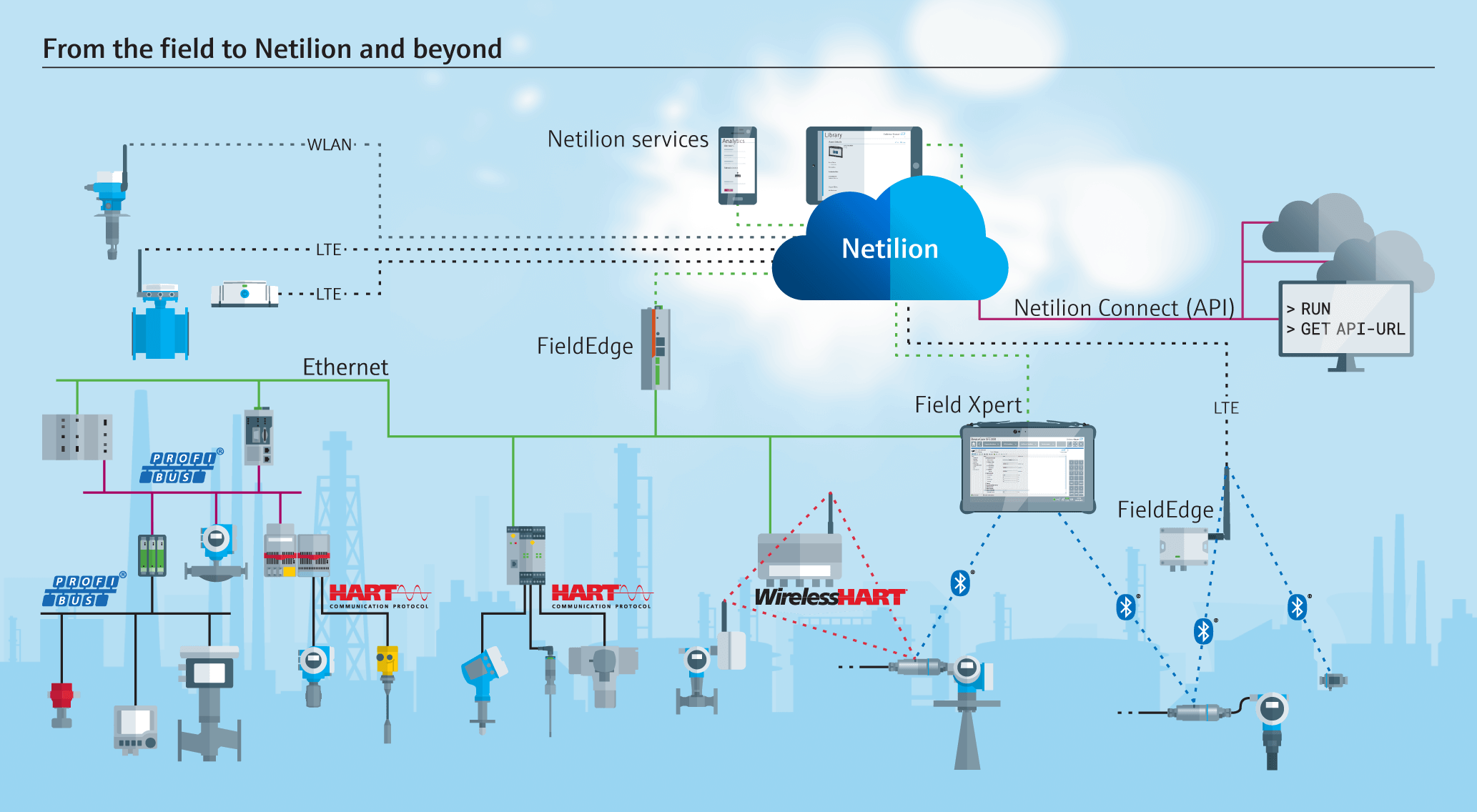Using OPC UA in your IIoT solution
So how do you integrate data from your cloud-based IIoT services into your standard solutions? Let’s take 5 minutes to learn how API-based connecting services using OPC UA servers can make your life easier.
Exchanging data between traditional services and cloud-based services often raises concerns about data interoperability and security. You’ll find OPC (open platform communications) already in industrial applications as a well-known solution, straightforward and quick to implement but with limitations.
OPC UA (unified architecture) arose as a significant improvement to exchanging information between automated processes and IT, allowing the use of any platform, and providing more scalability in many industrial applications.
For an IIoT application, data exchanges using OPC UA can bring tons of benefits. Today, we’ll discuss how it works, and you’ll find that it can help you a lot in your daily tasks.
Ready? Let's dive into the technical details.
Table of Content
- What is OPC UA?
- Message formatting and security in OPC UA
- OPC UA Protocol communication
- OPC UA Advantages and uses in IIoT
- OPC UA with JavaScript, JSON, and simple REST as APIs
What is OPC UA?
Released in 2008, the OPC UA protocol became one of the main ways to guarantee interoperability between digital systems. This solution is entirely in line with the IoT concept, Industry 4.0, and other such things.
One relevant point is that OPC UA is fully compatible with OPC Classic and all its functions. However, while OPC Classic only works on Windows systems, OPC UA works with Apple, Android, Linux, Windows, and others. Much broader, isn't it?

Classic and UA have several equivalent functions, such as finding servers locally or on the network, representing data hierarchically, and reading and writing based on access permissions.
OPC UA is also compatible with various hardware like traditional computers, programmable logic controllers, microcontrollers, and cloud-based servers.
Message formatting and security in OPC UA
Now let’s look at message exchange in OPC UA, both at the device level and beyond. Messages use two formats, binary UA and XML, and these formats dictate the encoding and decoding of the messages.
Binary UA is more common at the equipment level, because it requires less power and offers more speed for high performance. Binary UA was designed with efficient encoding and decoding in mind, and the size of the data was taken into account.
XML is used for high-level information exchange. Clients using the OPC UA protocol can interpret such information, and XML has the computational power to serialize and deserialize the data, making it more powerful than Binary.
As for security, OPC Classic assigns that to Microsoft's COM and DCOM protocol. But OPC UA has its own security scheme, using PKI (Public Key Infrastructure) and unique x.509 industry-standard certificates. It also has address authentication, encryption, authorization, and more.
OPC UA Protocol communication
OPC UA uses two types of transport protocols to define communication between the client and the server, OPC TCP and SOAP/HTTP(s).
OPC TCP is a dedicated protocol, so only clients using OPC UA can read transmitted information. The communication moves both ways between the client and the server, securely packaged in a binary structure.
Messages wrapped in a protocol called SOAP transmit through HTTP(s). Unlike TCP, you have more possibilities for interpreting the data, and you can access it using a regular browser. This standard is widespread in the industrial arena.
OPC UA Advantages and uses in IIoT
The OPC UA protocol allows interoperability between platforms, security, and expandability. You can find many discussions on the internet that call it the key to guaranteeing IIoT-system interoperability.
In fact, communication with OPC UA is transparent, dramatically easing the integration issue between manufacturers. Now manufacturers need to make all their information available in this protocol.

OPC UA offers a clear and straightforward method of integration that brings all relevant data from the equipment in the field. We can't forget, the MQTT (message queuing telemetry transport) is available as well to directly connect with field devices, but that’s a point for a different article.
OPC UA with JavaScript, JSON, and simple REST as APIs
One of the challenges of IIoT is using collected data in analytics to discover insights. The OPC organization presented an example of applying OPC UA with APIs, and you can do the same with IIoT services like Netilion.
Netilion Connect is an API-based connecting service that comes with an OPC server add-on, so connecting to your OPC UA client is easier than ever. Using an OPC UA server, you can integrate data into other solutions, such as MES or SCADA.
The OPC UA server as a connecting service for client applications offers multiple advantages. It lets you set up and go, because it needs no installation. Initial costs melt away, because the necessary infrastructure is always there; all you need is an internet connection. The same applies to the costs of maintenance.
Of course, data collection usually uses JSON in programming and JavaScript. We’ll gradually see the overlap of IT and automation expand, and programming languages will become more common in the industry than before.
That makes now an excellent time to learn more about programming languages and how they’ll help you in the very near future. Stay tuned to learn more about it!
Additional Links:



